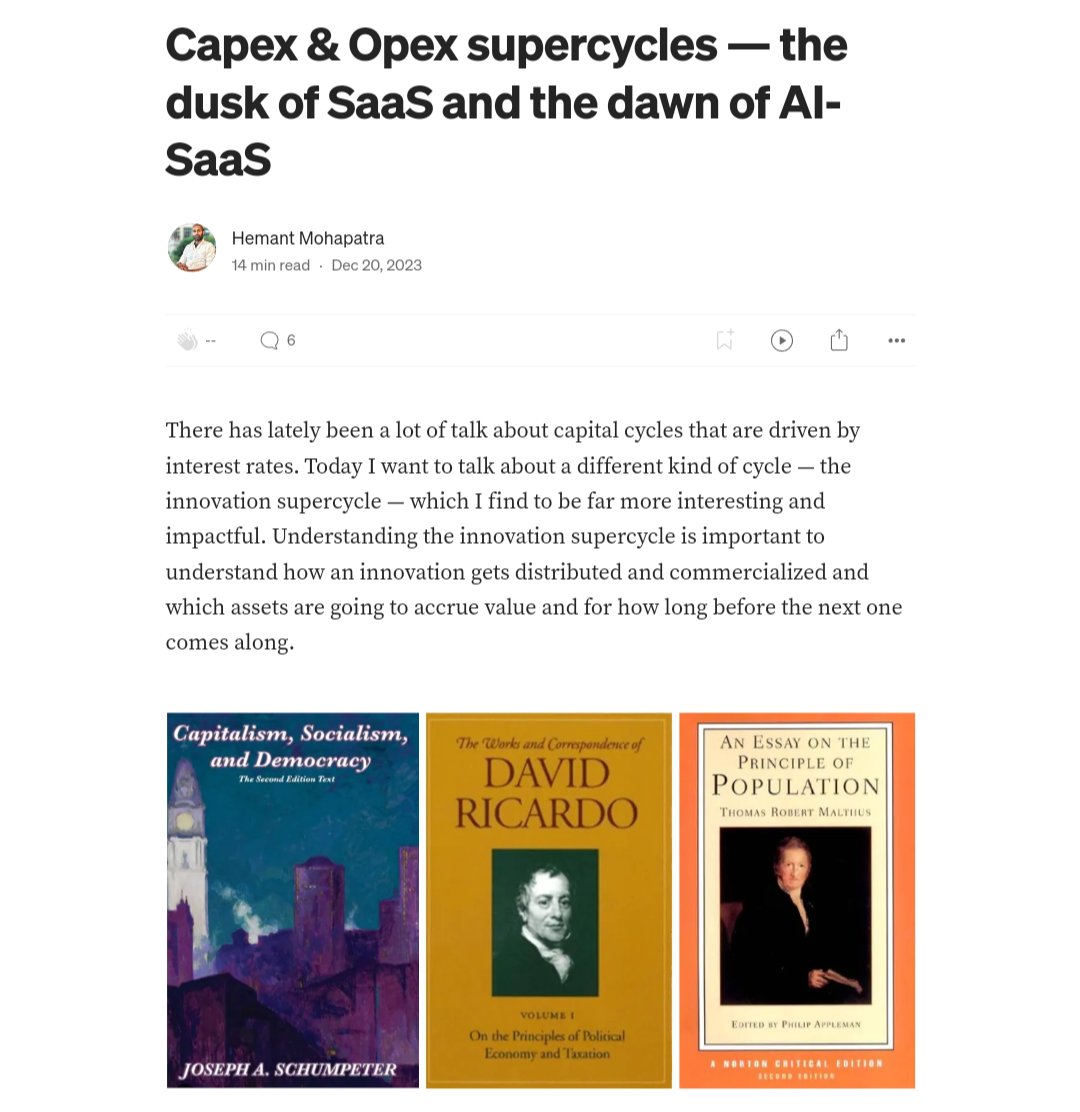~8yrs ago (Dec’12) I got a job @Google. Those were still early days of cloud. I joined GCP @<150M ARR & left @~4B (excld GSuite). Learned from some of the smartest ppl in tech. But we also got a LOT wrong that took yrs to fix. Much of it now public, but here’s my ring-side view👇
By 2008, Google had everything going for it w.r.t. Cloud and we should’ve been the market leaders, but we were either too early to market or too late. What did we do wrong? (1) bad timing (2) worse productization & (3) worst GTM.
We were 1st to “containers” (lxc) & container management (Borg) - since '03/04. But Docker took LXC, added cluster management, & launched 1st. Mesosphere launched DCOS. A lot of chairs were thrown around re: google losing this early battle, though K8 won the war, eventually 👏
We were 1st to “serverless” (AppEngine). GAE was our beachhead -- it was the biggest revenue source early on but the world wasn’t ready for serverless primitives. We also didn’t build auxiliary products fast enough. Clients that outgrew GAE wanted “building block” IaaS offerings.
1st to hadoop (map-reduce ‘04) but our hosted Hadoop launched in ‘15. AWS EMR was ~200M ARR by then. 1st to cloud storage (GFS ’03), but didn’t offer a filestore till ‘18! Customers were asking for it since 2014. Didn’t launch archival storage or direct interconnect till v. late.
Common thread: engineering hubris. We had the best tech, but had poor documentation + no "solutions” mindset. A CxO at a large telco once told me “you folks just throw code over the fence”. Cloud was seen as the commercial arm of the most powerful team @ Google: TI (tech infra).
TI “built” stuff == good; Cloud “sold” stuff == bad. This unspoken hierarchy led to GTM decisions that cemented our #3 position in a market where we had far superior tech. Another reminder that BETTER TECH RARELY WINS AGAINST BETTER GTM:
https://twitter.com/mohapatrahemant/status/1258361814481375234?lang=en
As a result of this engg::product::sales tussle, we 2nd guessed if we were (1) platform or product (2) for developers or enterprises, serving (3) new age cloud-native cos or everyone. Steve Yegge has a legendary rant on #1: bit.ly/34RIYfV. KNOW WHO YOUR CUSTOMERS ARE!
A lot of early mistakes were made w/ #2-3: AWS was going to the customers and rolling cloud-compatible on-prem versions and direct interconnects to their DCs. We wanted more clients like Snapchat: cloud native. World had lots of goldman sachs: hybrid. GO WHERE THE CUSTOMERS ARE.
Sales teams without quotas (🤯); chaotic branding (GCP? Google Cloud? Google for Enterprise?); title inflation - everyone was “head of X” “lead of Y”; ill-conceived vertical solutions; weak partnership programs, etc. All this took years of fixing.
When TK joined from ORCL many old-timers left GCP to other parts of Google, but he was 100% the right person for the job: aggressive, customer-obsessed, sales oriented. My friends who stayed back speak of a very different org.
GCP is likely at $8-10B ARR now and still growing >50% y/y. This is remarkable, but MSFT came from behind and is now neck-to-neck w/ AWS. I am hardly shocked - for MSFT, an Azure contract was probably 1 extra pricing sheet under a pre-existing MSDN MSA. Zero legal friction.
My google exp reinforced a few learnings for me: (1) consumers buy products; enterprises buy platforms. (2) distribution advantages overtake product / tech advantages and (3) companies that reach PMF & then under-invest in S&M risk staying niche players or worse: get taken down.
As always, this is one person’s narrative so unlikely to be fully accurate. GCP is a much, much stronger platform and team today. Goes without saying, my heart will always root for Google Cloud. We are still scratching the surface of this beast and it is still day one. /end
• • •
Missing some Tweet in this thread? You can try to
force a refresh











